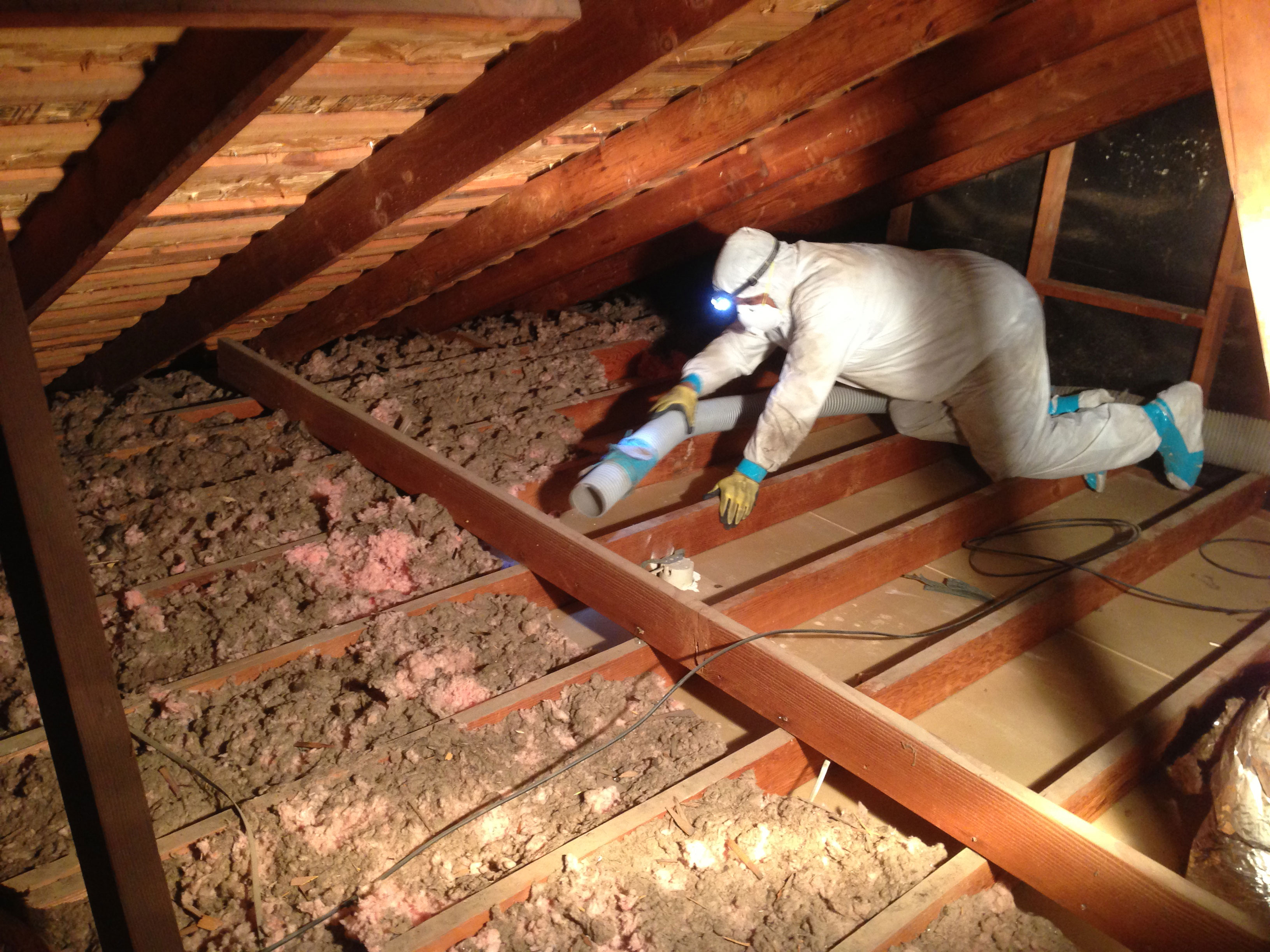Table Of Content

Before purchasing SIPs, ask manufacturers about their quality control and testing procedures and read and compare warranties carefully. SIPs are available with different insulating materials, usually polystyrene or polyisocyanurate foam. The table below provides an overview of most available insulation materials, how they are installed, where they're typically installed, and their advantages. State and local building codes typically include minimum insulation requirements, but your energy-efficient home will likely exceed those mandates. To optimize energy efficiency, you should also consider the interaction between the insulation and other building components. If you would like to maximize the energy efficiency of your new home, consider ultra-efficient home design or purchasing a new Energy Star home or a Zero Energy Ready Home.
Insulating Floors Above Unheated Garages
Building codes in several southern U.S. states prohibit installing foam insulation in contact with the ground. When insulating floors above unconditioned garages, first seal all possible sources of air leakage. This strategy has the added benefit of minimizing the danger of contaminants (from car exhaust, paint, solvents, gardening supplies, etc.) in the garage migrating into the conditioned space. Also install an air barrier to prevent cold air in the garage from "short circuiting" the insulation underneath the subfloor. Spray foam insulation is a liquid latex or polyurethane foam that expands and hardens to fill gaps.
Expanded Polystyrene (EPS)
Wall insulation is the most common type of insulation and is typically installed as mineral wool or fiberglass batting set in between the studs in the walls. Newly constructed homes may also use spray foam or install rigid board insulation below the exterior house siding. Unlike other types of insulation that are designed to resist conduction and limit convection, a radiant barrier’s purpose is to reflect heat back toward the heat source. If you’ve placed a shiny reflective shield beneath your car’s windshield to keep it from overheating, you know how radiant barriers work. Radiant barriers are found on some rigid insulation panels, in the form of a foil facing.
Home Insulation Costs
This insulation is most commonly made from recycled cellulose material (such as newspapers or cardboard) though it may also be made from fiberglass or rock wool. There are many areas of your home that will benefit from insulation – or from boosting what’s already there – and attic insulation is a great place to start your project. But windows, doors, walls and floors can also be improved when you insulate a house using the best materials and installation approach. Learn how insulation material, when properly used, can make your home more comfortable and energy-efficient, greatly reducing heating and cooling bills throughout the year.
Since it does not contain small glass particles, like fiberglass, it is easier to use for DIYers. The median range cost of blue jean insulation is $1.50 to $1.75 per square foot. One 4-by-8-foot sheet of 1-inch-thick expanded polystyrene foam costs about $10.
Insulating Concrete Forms
The right home insulation will make your home warmer in winter, cooler in summer, and reduce energy bills. Adding more insulation than you need can lock in moisture by preventing air flow and do more harm than good. Energy.gov publishes a chart that details recommended wall and attic R-values for every climate zone in the U.S.


There are also liquid foam materials that can be poured from a container. Liquid foam insulation -- combined with a foaming agent -- can be applied using small spray containers or in larger quantities as a pressure-sprayed (foamed-in-place) product. They also conform to the shape of the cavity, filling and sealing it thoroughly. Insulating concrete forms (ICFs) are basically forms for poured concrete walls, which remain as part of the wall assembly. This system creates walls with a high thermal resistance, typically about R-20. Even though ICF homes are constructed using concrete, they look like traditional stick-built homes.
Dominion Energy will pay to insulate SC customers' homes Business postandcourier.com - The Post and Courier
Dominion Energy will pay to insulate SC customers' homes Business postandcourier.com.
Posted: Sun, 10 Dec 2023 08:00:00 GMT [source]
Foam boards, which come in different types such as polyisocyanurate, polystyrene, and polyurethane. ‘Choosing the right one is dependent on where in your home insulation is required, and the location’s recommended R-value for types of insulation,’ says Leonard Ang, CEO, iPropertyManagement. As counterintuitive as it seems, air is one of the best insulators there is, as long as it remains static and isolated. That’s why most insulation products are lightweight, porous and even fluffy. They hold small cells of air, separated from each other so heat can’t pass from one cell to another.
Types of Brick All DIYers Should Know
The act of installing ICFs isn’t terribly difficult, but the forms themselves are quite expensive compared to reusable wood forms. But they provide an automatic vapor barrier, and if the homeowner is planning to use the area within the concrete walls as a finished space, the cost is worth it. Loose fill insulation, also commonly known as cellulose, is a form of blow-in insulation used in attic floors and other horizontal structural spaces.
Convection is the way heat circulates through liquids and gases, and is why lighter, warmer air rises, and cooler, denser air sinks in your home. Radiant heat travels in a straight line and heats anything solid in its path that absorbs its energy. How you insulate a crawlspace depends on whether it's ventilated or unventilated. Most building codes require vents to aid in removing moisture from the crawlspace. In unfinished attic spaces, insulate between and over the floor joists to seal off living spaces below. If the air distribution is in the attic space, then consider insulating the rafters to move the distribution into the conditioned space.
Made from white cellulose, you can find reclaimed and recycled varieties. For DIY projects, you can purchase bags of it at a home improvement store and rent a blower for under $100 a day. Because heat rises, many homes have twice as much insulation as they do in the main walls to protect against the loss of rising warm air.

No comments:
Post a Comment